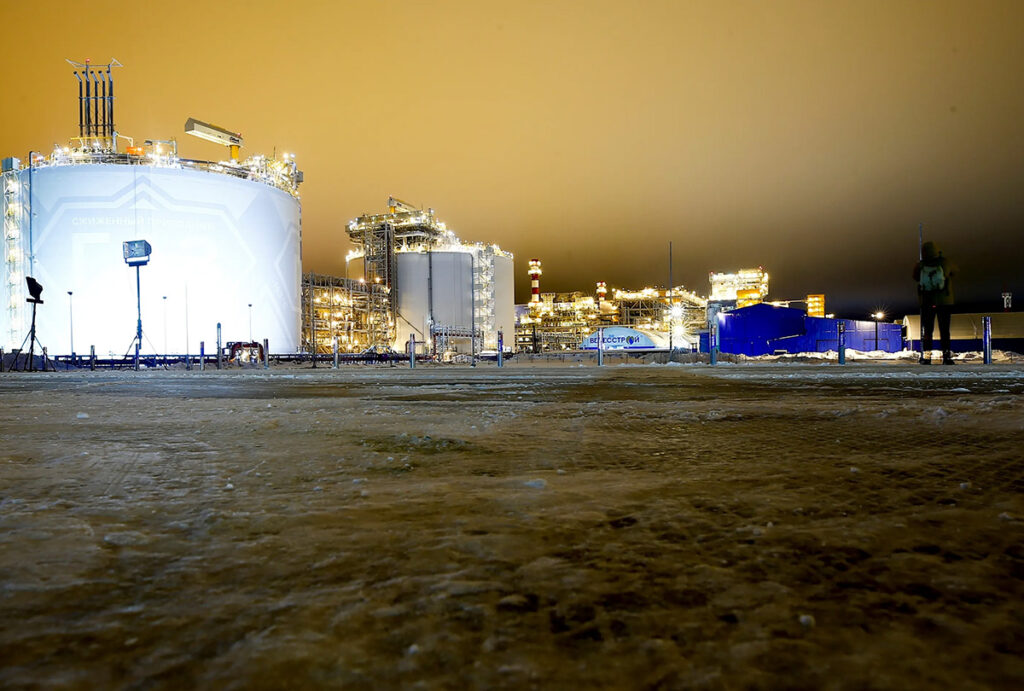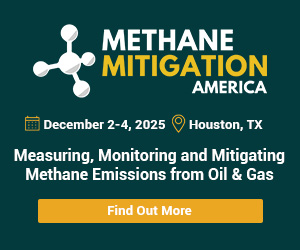
An LNG Plant in Sabetta, Russia. Photographer: Sefa Karacan/Anadolu Agency/Getty Images
Russia’s liquefied natural gas will find other markets after the European Union bans imports from 2027, said Leonid Mikhelson, the billionaire chief executive officer at Novatek PJSC.
“Russia currently accounts for over 10% of global LNG production,” Mikhelson said at the Verona Eurasian Economic Forum in Istanbul. EU-banned volumes “will simply go to other markets” as it is “impossible” to exclude them from the global gas balance.
The EU ban, confirmed earlier this month, will lead to “unprecedented price hikes, and the European consumer will pay most,” Mikhelson said.
The EU’s plan to ban imports of the super-chilled fuel from Russia is another move designed to hurt Moscow’s ability to finance the war against Ukraine. Europe’s ratcheting up of the pressure on the Kremlin’s oil and gas flows coincided with the US blacklisting the two largest Russian oil producers, Rosneft PJSC and Lukoil PJSC.
Europe has become heavily more reliant on LNG cargoes from global suppliers since Russia throttled pipeline flows to the continent following its invasion of Ukraine in early 2022. Now, the continent vies with other countries for seaborne cargoes, which requires prices to stay competitive. Still, the market is set for a glut with a wave of new supplies emerging next year and in 2027, a prospect that has seen European gas trading volatility ease in recent months.
Read More: EU’s New Sanctions Boost Allies’ Push to Hit Russian Energy
Novatek — Russia’s largest LNG producer — isn’t specifically listed under US sanctions. However, all of its future LNG projects as well as the currently operating Arctic LNG 2 are on the US blacklist. So far cargoes from Novatek-led Yamal LNG, whose offtakers include France’s TotalEnergies SE, continue to flow to Europe.
Arctic LNG 2 found a lifeline a couple of months ago when the Beihai import terminal in southern China started accepting sanctioned cargoes. So far the facility has received 12 batches since late August, with more tankers still heading toward Asia, according to ship-tracking data compiled by Bloomberg.
Read More: TotalEnergies CEO Signals Russia LNG Redirection If EU Ban Comes
By 2050, the world will need an additional 300 million tons of LNG a year, according Mikhelson. “Such resources can only be provided by Qatar, the US and Russia,” he said.
Qatar has pledged to increase its production capacity by 50 million tons a year, while the US can ramp up output by another 100 million tons or so, Mikhelson estimated.
“It’s impossible to meet the future demand growth without Arctic reserves, and most of them are located in Russia,” he said.
Share This:




 CDN NEWS |
CDN NEWS |  US NEWS
US NEWS 































